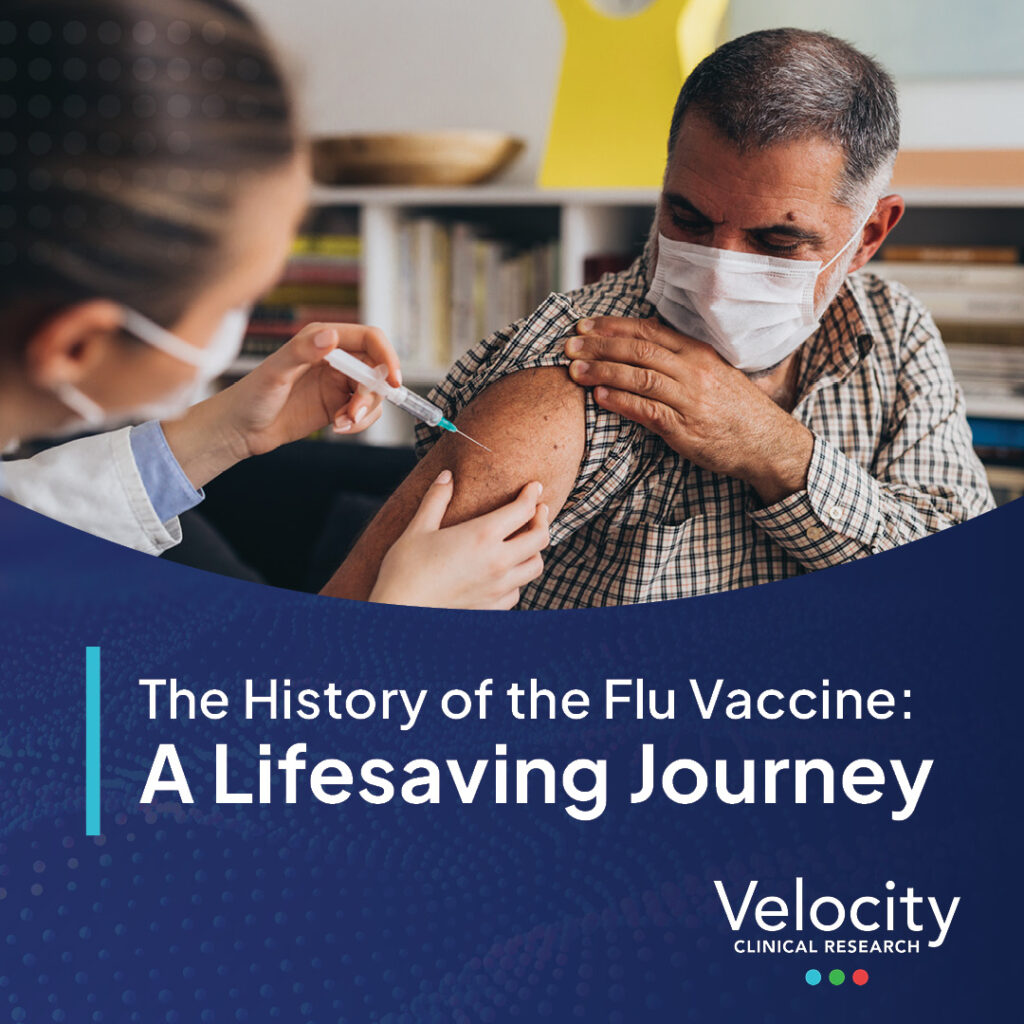Influenza, also known as the flu, has been a significant public health concern for centuries. This contagious respiratory illness can lead to severe complications, especially in vulnerable populations. Fortunately, vaccines have become a vital tool in preventing the flu and mitigating its impact. Let’s explore the fascinating history of the flu vaccine and its evolution over the years.
Early Encounters with Influenza
The first recorded influenza epidemic dates to 1580, with subsequent pandemics occurring in 1830-1833, 1847-1848, and 1889-1890. However, it was not until the 20th century that the scientific community made significant strides in understanding the virus and developing a vaccine.
The 1918 Spanish Flu Pandemic
One of the deadliest pandemics in history, the 1918 Spanish flu, claimed an estimated 50 million lives worldwide. This tragic event highlighted the urgent need for effective prevention methods. While the concept of vaccination was well-established by then, creating a vaccine for a rapidly mutating virus like the flu presented a unique challenge.
The Birth of the Flu Vaccine
The first flu vaccines were developed in the 1930s. Dr. Thomas Francis, Jr., and Dr. Jonas Salk, who later developed the polio vaccine, were among the pioneers in influenza vaccine research. By isolating the influenza virus, they laid the groundwork for creating the first inactivated (killed virus) flu vaccine.
In 1945, the first flu vaccine was approved for civilian use in the United States. This vaccine targeted the H1N1 strain, which caused significant illness during World War II. The development of the flu vaccine marked a turning point in public health, providing a means to protect against a potentially deadly virus.
Evolution and Modern Advances
Since the initial development of the flu vaccine, the virus’s ability to mutate rapidly has necessitated continuous research and adaptation. Each year, scientists monitor circulating flu strains and predict which strains are most likely to spread in the upcoming flu season. This information is used to update the vaccine composition, usually containing two influenza A strains and one or two influenza B strains.
The flu vaccine has also evolved in terms of delivery methods. While the traditional injection is still widely used, alternative options like nasal sprays have become available, offering a needle-free choice for certain populations.
The Impact of the Flu Vaccine
The flu vaccine has significantly reduced the burden of influenza-related illnesses and deaths. According to the Centers for Disease Control and Prevention (CDC), flu vaccination prevented an estimated 7.5 million influenza illnesses, 3.7 million medical visits, and 6,300 influenza-associated deaths during the 2019-2020 flu season alone.
The Future of Flu Vaccination
Research continues to explore new ways to improve flu vaccines, including developing a universal flu vaccine that could provide longer-lasting protection against multiple strains. The COVID-19 pandemic has also accelerated innovations in vaccine technology, such as mRNA vaccines, which may play a role in future flu vaccines.
Flu Vaccine Trials at Velocity
If you are interested in participating in flu vaccine trials or other vaccine studies, Velocity is enrolling participants. Eligible participants may receive investigational vaccines and, in some cases, an FDA-approved vaccine at no cost, along with possible compensation for study-related time.
For more information on current and upcoming clinical trials at Velocity, visit velocityclinicaltrials.com.
Further Reading
For those interested in learning more about the history and science of the flu vaccine, here are some recommended resources:

